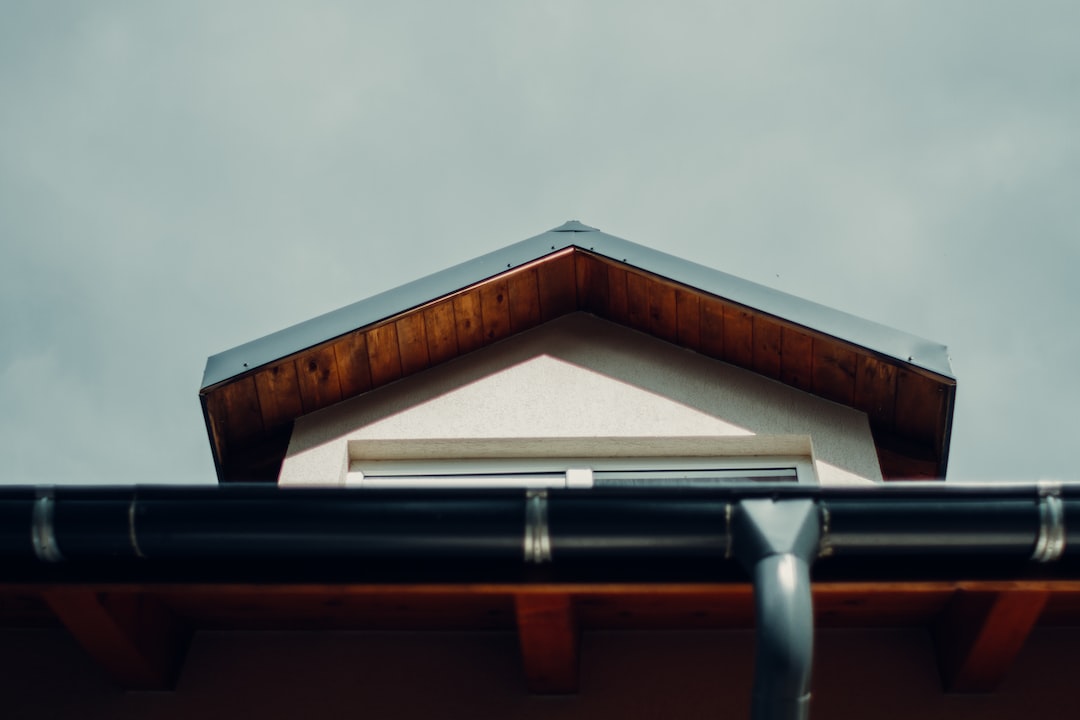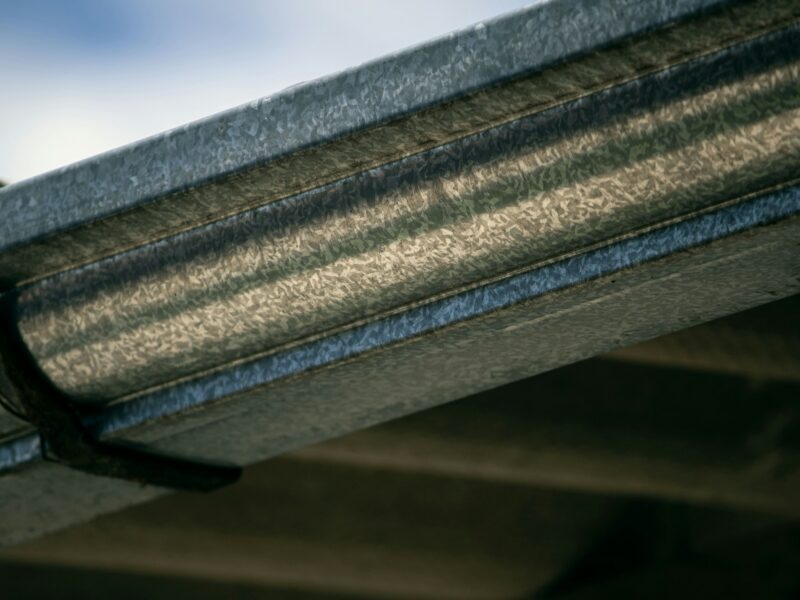Gutters remove rainwater from your home, preventing siding damage, basement flooding and other serious water problems. Understanding the different types of channels can help you choose the best one for your home.
Sectional gutters are sold in 10- to 20-foot sections that connect and can be installed DIY. They are cheaper and easier to install than seamless gutters but can leak over time because of seams.
Contents
Half-Round Gutters
Half-round gutters resemble a long cylinder that’s been cut in half, and they’re typically made of copper or aluminum. This style is ideal for various architectural styles and can add an elegant touch to your home’s curb appeal.
This gutter system has a high rainfall capacity and is fairly easy to clean out due to its smooth interior base that’s less prone to clogs. However, their open top is prone to overflowing and sagging if exposed to much debris.
Despite the drawbacks, many homeowners still choose this style for its timeless beauty and value to their property. However, it’s more expensive than other gutter systems, and the cost will be even higher if you have them installed professionally by a gutter installer.
K-Style Gutters
When viewed from the side, K-style gutters resemble the letter “K.” These gutters are designed to fit angular roof designs and have a sleek appearance. They can also be compatible with various gutter guards to prevent clogs.
They are easy to install and don’t require many brackets, saving homeowners money on installation costs. They are also a good choice for homes with more decorative crown molding, as the front edge of these gutters has a shape that complements the home’s overall look.
They’re a good option for homeowners living in areas with significant rainfall or snow and for those who prefer a more traditional or historical architectural style. However, these gutters are less durable than half-round and may need more frequent repairs.
Aluminum Gutters
There is a solid reason why aluminum gutters are the most preferred option for residential properties. They are strong, lightweight, and come in a variety of colors. They are also easy to work with and more rust-resistant than steel gutters.
Another type of aluminum gutter is the K-style, which gets its name because its ogee-shaped front resembles the letter “K” when viewed from the side. This style is the traditional gutter on homes built before 1960, and it’s also an option for historic homes in brick neighborhoods.
Finally, there are box-style gutters, which are oversized gutters designed to handle large amounts of rainwater from larger roofs. Although they are frequently used on business and industrial structures, some homeowners use them to give their homes a more industrial look.
Copper Gutters
Copper gutters are a decorative choice that can add a touch of class to your home’s exterior. They’re a good choice for historical or older homes and complement homes clad in natural stone or brick. They can be more expensive than other gutter materials, but they’re an investment that can increase your home’s value at resale.
Copper doesn’t corrode like aluminum gutters, and it looks great when it weathers to a tawny brown patina. They’re also more durable than aluminum gutters and have better temperature tolerances than vinyl gutters.
However, copper gutters are more difficult to install than other types of gutters, and they require special copper bracket screws, elbows and downspout straps, which can add to the overall cost. Plus, they’re less resistant to expansion and contraction than other gutters, which can affect their performance.
Galvanized Steel Gutters
Gutter systems help keep your home safe. They route roof runoff from the foundation, prevent soil erosion and protect siding, windows, doors, porches and decks from splash stains and water damage.
Galvanized steel gutters are a popular option because they are durable, affordable and corrosion-resistant. However, they can be difficult to paint.
Galvalume gutters are made up of an underlying layer of steel and coated with aluminum and zinc. The combination helps them resist physical force and temperature fluctuations better than aluminum. They can last up to 50 years or more when properly maintained. They also look better than aluminum gutters and cost less. They can be easily installed on the weekend with the right tools, including a ladder, carpenter’s square, power drill and aviation snips.



